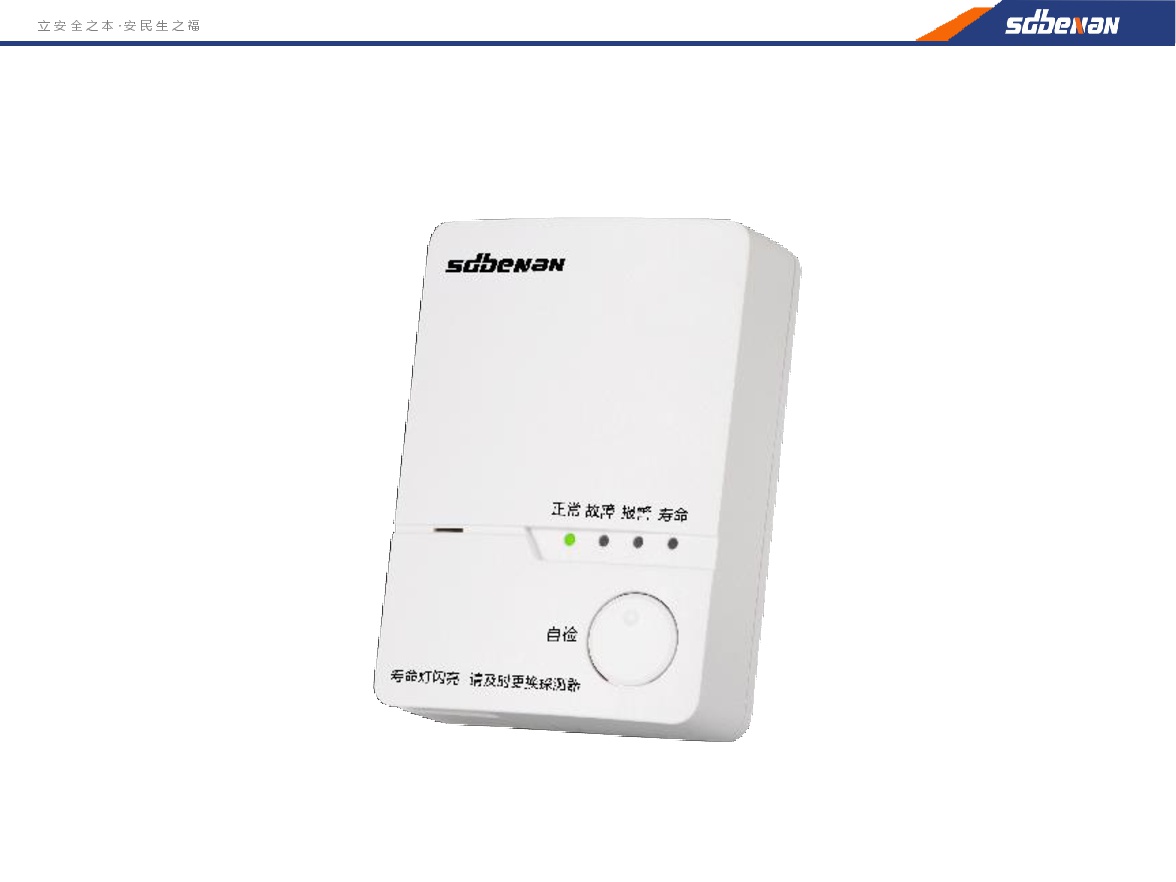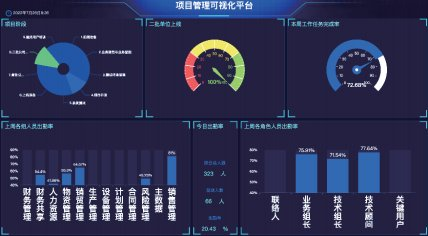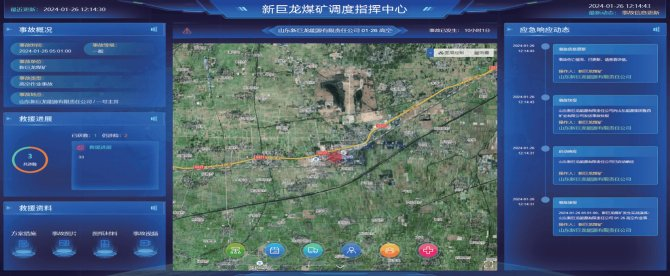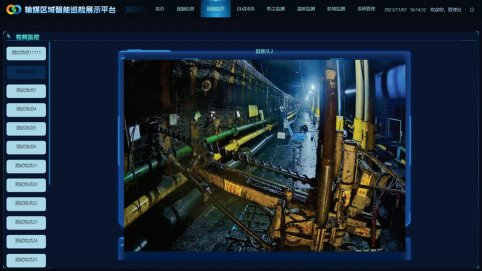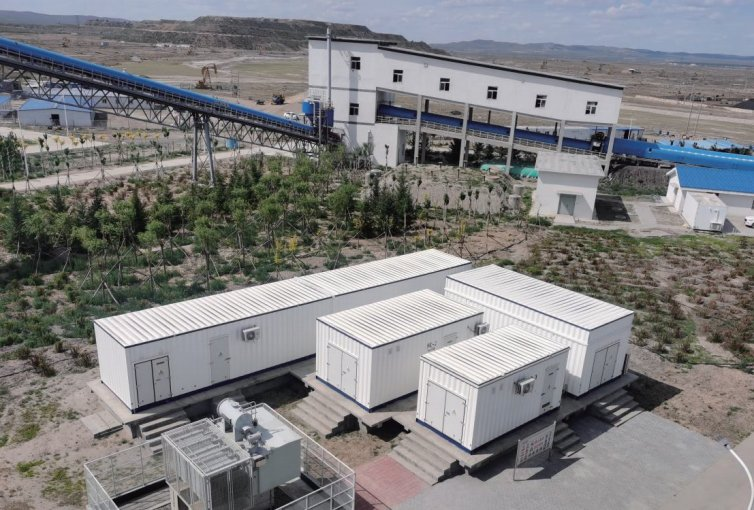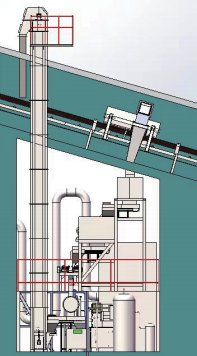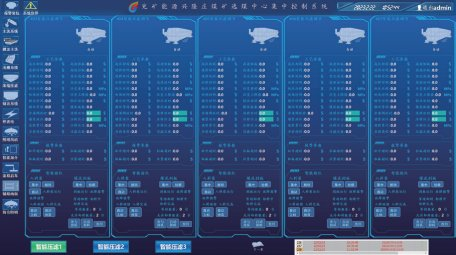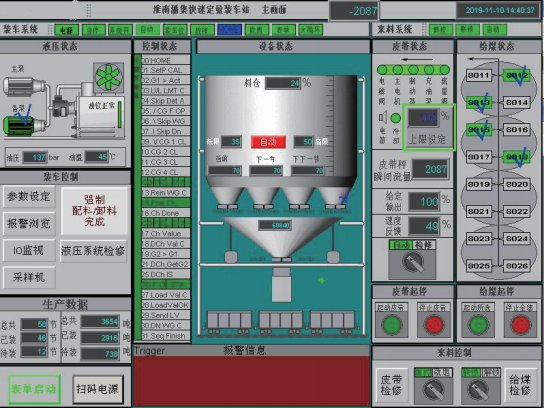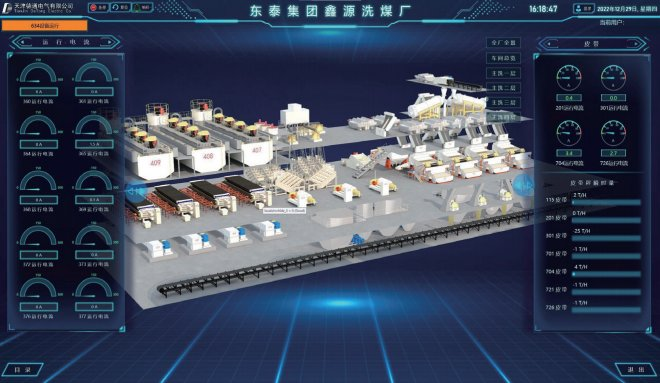Wedoany.com Report-Nov 14, Pneumatic ash conveying systems are widely applied in the power industry for decades for their cleanliness, reliability, flexible pipeline routing and easy maintenance.
Compared with a traditional hydraulic conveying system, a pneumatic system eliminates use of huge amounts of water to make it an environmentally sustainable option.
An upgrade of an ash conveying system from hydraulic to pneumatic at a power station in Taiwan is presented as a case study in this article.
The power station, with total capacity of 10 x 550MW coal-fired units, has been in operation for over 30 years. Originally, fly ash from the economiser (ECO) and air preheater (APH) were conveyed via sea water to the ash pond, which became almost full. An alternative solution for ash disposal was rigorously sought with major considerations being the limited space inside the boiler room and the ash utilisation following collection.
A pneumatic conveying system was the chosen solution due to several advantages over a mechanical system, especially in pipeline routing flexibility.
On the other hand, looking for the new collection and disposal destination for the ECO/APH ashes turned out to be the most challenging part of this project due to high cost in building a new silo and the lack of space. Employing the existing wet bottom ash silo also was not an option due to high humidity. If new filter bags were to be set up on top of the silo, the moisture would ruin the filter bags after some time in operation.
After a thorough site survey and weighing up a few available options, Tai & Chyun concluded that the best solution was to convey the ECO/APH ashes to the boiler hopper, mix them with bottom ash and then convey them together via a submerged chain conveyor to the bottom ash silo.
The new pneumatic system includes two air compressors, fourteen blow tanks with inlet and discharge valves and instruments, pipelines, filter bags with accessories, control panels and PLC.
Three major features stand out with the new system:
The installation process started with the removal of the existing hydraulic system, followed by installation of the blow tanks with instruments and the electrical control system below the ECO and APH hoppers, and finished with fine tuning of the operational parameters with ash entering the system after commissioning.
The entire project took around 45 days to complete. By switching from a hydraulic system to a pneumatic conveying system, the ECO/APH ashes can now be conveyed and disposed together with the bottom ash.
The ash collected at the bottom ash silo can be sold or transformed into controlled low-strength material after sun drying, screening and mixing procedures to produce the necessary mixture of particle size. The robust design of the valves and ceramic elbow pipes allows less maintenance cost and longer lifetime. New maintenance procedures were also developed and tailored to suit the customer’s usual practice and schedule.
The result of this pneumatic ash conveying system retrofit and upgrade done on the first unit in 2021 proved to be satisfactory, resulting in the same design being applied to the rest of the units over the course of the following three years.

